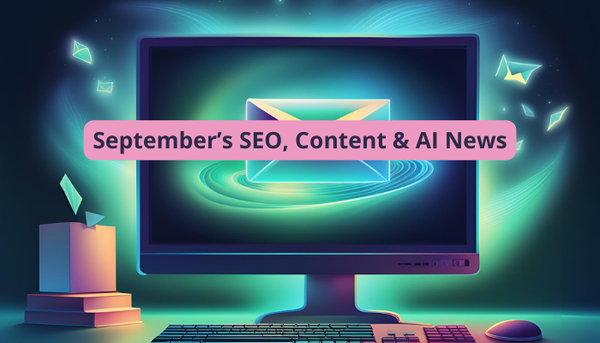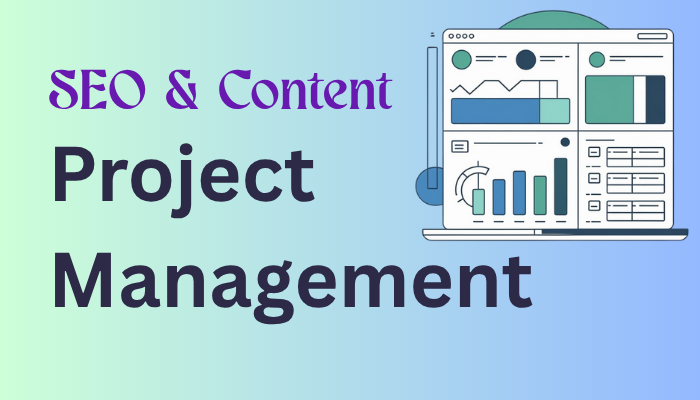75% of workers have an AI secret weapon. Are you falling behind?
75% of workers are secretly using AI. Are you falling behind? Discover why leaders are betting big on AI despite murky ROI, and how it's reshaping hiring norms. Read more to stay ahead of the curve
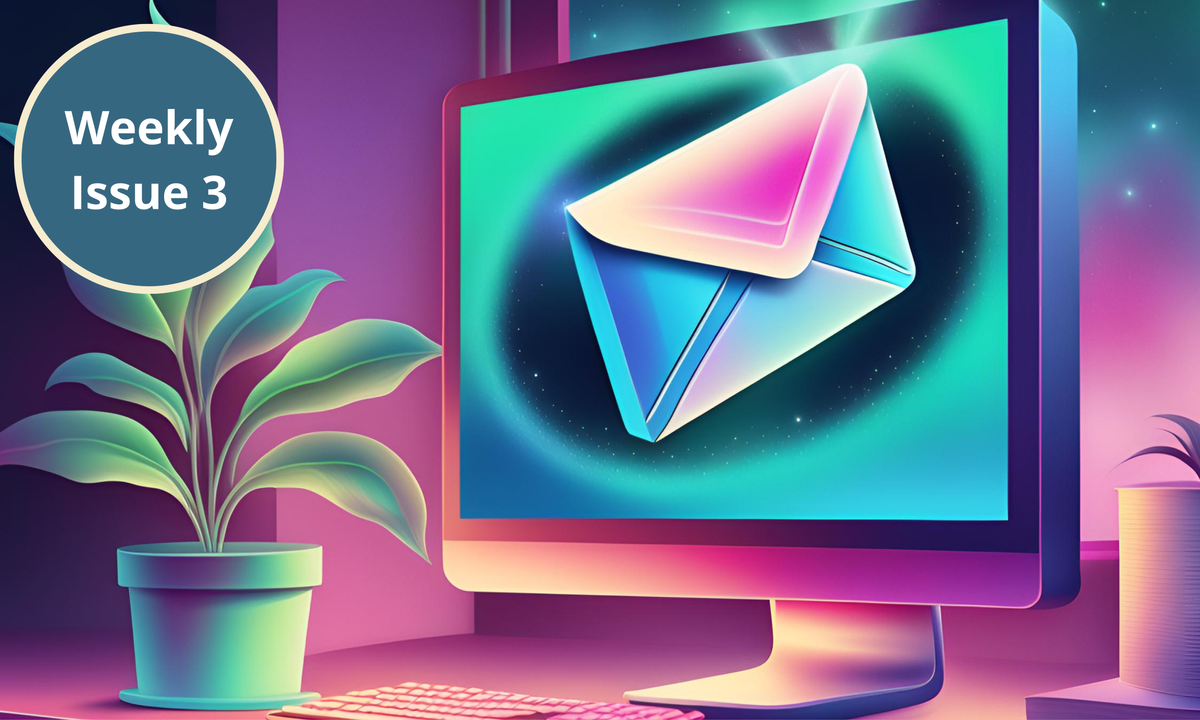
In this edition:
Discover why leaders are betting big on AI despite murky ROI, and how it's reshaping hiring norms.
🔥 News and Trends in Marketing with AI
⭐️ Interesting Guides and Links
🕶️ Marketing meme of the week
🤖 Weekly prompt
⚙️ Time Out: Fun and Interesting Tools
💼 Remote AI Marketing Jobs

🔥 News and Trends:
Carefully selected news and trends on how marketers can leverage AI.
👉 AI Aptitude Trumps Experience: The New Hiring Paradigm
BYOAI: The New Must-Have Accessory for Marketers
Highlights:
- 75% of global knowledge workers are now using AI at work, with 46% starting in the last six months
• 78% of AI users are bringing their own AI tools to work (BYOAI), especially in small and medium-sized companies
• 71% of leaders would rather hire a less experienced candidate with AI skills than a more experienced one without
Workplaces are adopting AI more rapidly than millennials can come up with new avocado toast variations. This presents both opportunities and challenges for marketers. This is especially interesting considering the below report 👇 which shows companies are not seeing the ROI from this process but are continuing to frantically stuff AI into every nook and cranny of their business, hoping it magically solves all their problems. Will it?
Be sure to subscribe because let's face it, you'd rather have AI as your wingman than your replacement.
The report highlights that AI “power users” are reshaping work patterns and experiencing higher job satisfaction. 🧐
Marketers can leverage this insight to position AI tools not just as productivity enhancers, but as means to improve overall work experience and creativity. Consider developing marketing strategies that emphasize how AI can make work more enjoyable and less overwhelming, targeting both individual users and organizations looking to improve employee satisfaction.
Lastly, the report indicates that 55% of B2B marketers plan to use generative AI to increase efficiency and focus on higher-value work, while 51% aim to create optimized, engaging content. This suggests a significant opportunity for marketing technology providers to develop AI tools specifically tailored for content optimization and workflow efficiency in marketing departments. Marketers should also prepare for a shift in their own roles, focusing more on strategy and creativity as AI takes over more routine tasks.
So here’s the conundrum..
👉 Invest Now or Fall Behind: The AI Adoption Dilemma
Highlights:
- There's a consensus that generative AI will transform business, but companies struggle to prove its financial impact
- Companies want concrete metrics showing AI's business performance improvement, but it's challenging to directly correlate AI tools with overall results
- Businesses may need to invest in AI without immediate proof of financial returns to avoid falling behind competitors.
AI isn't just knocking on the door—it's redecorating the office. Business leaders are clamoring to see AI in action. While its impact on the bottom line is as clear as mud, not jumping on the AI bandwagon could leave you in the digital dust. Aaand let's face it, you need those shiny AI case studies on your resume. Here's the game plan for riding the AI wave without wiping out:
⦿ Long-term vision: Frame AI investments as strategic necessities for future competitiveness rather than immediate ROI generators.
⦿ Soft metrics: Highlight improvements in user experience, customer satisfaction, and employee productivity as early indicators of AI's value.
⦿ Competitive positioning: Emphasize the risks of falling behind in AI adoption, positioning it as a critical factor for staying relevant in the market.
⦿ Incremental gains: Focus on small, measurable wins in specific use cases to build confidence in AI's potential.
⦿ Education and change management: Invest in programs to help stakeholders understand AI's long-term value and manage expectations around immediate financial results.
⦿ Agile experimentation: Encourage a culture of rapid testing and learning with AI tools to identify the most promising applications without large upfront commitments.
By tackling the AI paradox head-on and shifting the conversation from 'show me the money' to 'show me the future,' you'll help your organization navigate the AI landscape like a pro.
👉 Mango's AI Mirage: The Fashion Shoot Without Cameras
Highlights:
- Mango has launched an AI-generated campaign for its Sunset Dream collection
• The process involved shooting real garments, then using AI to place them on virtual models
• The resulting images are strikingly realistic, set in Marrakech's Medina
⦿ Cost-Effective Content Creation: AI-generated visuals can significantly reduce production costs for marketing materials. This is particularly valuable for industries with high visual content needs, such as real estate, travel, or product design.
⦿ Rapid Prototyping and Testing: Marketers can quickly generate multiple versions of ads or product concepts to test with focus groups or in A/B testing scenarios, accelerating the iteration process.
⦿ Personalization at Scale: AI can create tailored visuals for different customer segments or even individual customers, enhancing personalization efforts in industries like e-commerce, financial services, or healthcare.
⦿ Virtual Showcasing: For industries where physical demonstrations are challenging (e.g., construction, architecture, or event planning), AI-generated visuals can create realistic representations of future projects or concepts.
⦿ Seasonal or Trend-Based Marketing: Like fashion, many industries have seasonal trends. AI can quickly generate relevant visuals for time-sensitive campaigns in sectors like food and beverage, hospitality, or retail.
⦿ Cross-Cultural Adaptation: AI can help adapt marketing materials for different cultural contexts, useful for global brands or companies expanding into new markets.
⦿ Enhanced Storytelling: Marketers in any industry can use AI to create compelling visual narratives around their products or services, even in traditionally less visual sectors like B2B services or technology.
⦿ Sustainability Messaging: AI-generated content can help brands showcase their commitment to sustainability without the need for resource-intensive photoshoots, aligning with growing consumer interest in eco-friendly practices.
⦿ Augmented Reality Integration: Combining AI-generated visuals with AR technology can create immersive experiences for customers in industries like furniture retail, cosmetics, or automotive.
⦿ Data Visualization: For data-heavy industries like finance or technology, AI can transform complex data into engaging, easy-to-understand visuals for marketing purposes.
While embracing these AI-driven strategies, marketers must also be mindful of maintaining brand authenticity and addressing potential ethical concerns around disclosure and transparency. The key is to use AI as a tool to enhance creativity and efficiency, not to replace human insight and strategic thinking in marketing campaigns.

⭐️ Cool Links and Guides:
How to write AI art prompts with templates
Using AI for creative workflows
Swipeable prompts for killer ad copy

Weekly Marketing Meme
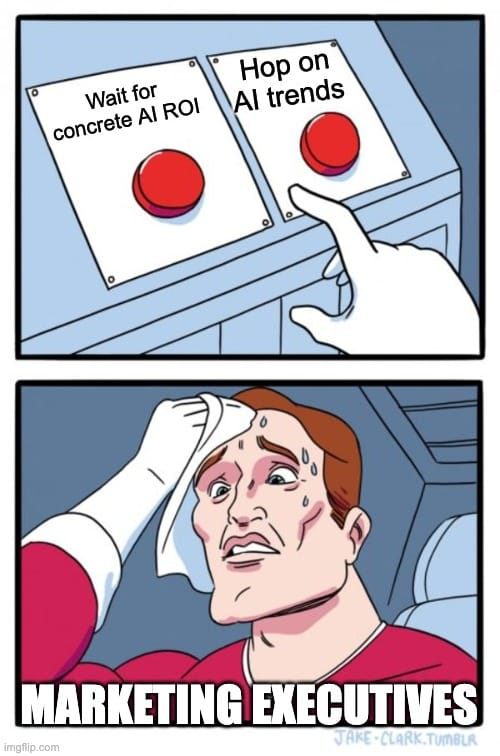

🤖 Weekly Prompt:
What: Generate a table of content formats and types across different platforms
Why: This will allow you to get a full content calendar with ideas on what different formats of content can be created based on the type of content you need to create, and you can then repurpose this across platforms.
You can add in more information to this prompt to better detail your product offerings for the best results.
How: Copy paste the prompt below to ChatGPT and replace bolded text with your needs.
If you use this, send me an example and results to be featured in the next newsletter!
Product Features
Tutorials
Company Information
Industry Insights
Product Updates
Comparisons
[..etc].
Content will be created in the following formats:
Long-form blog content
YouTube short
IG Reel
Short blog post
Webinars
Podcasts
Case Studies
[..etc].
For each combination of content area and format, include the following columns:
Ease of Use (Low/Medium/High)
Highest Value (Low/Medium/High)
User Intent
Content Idea
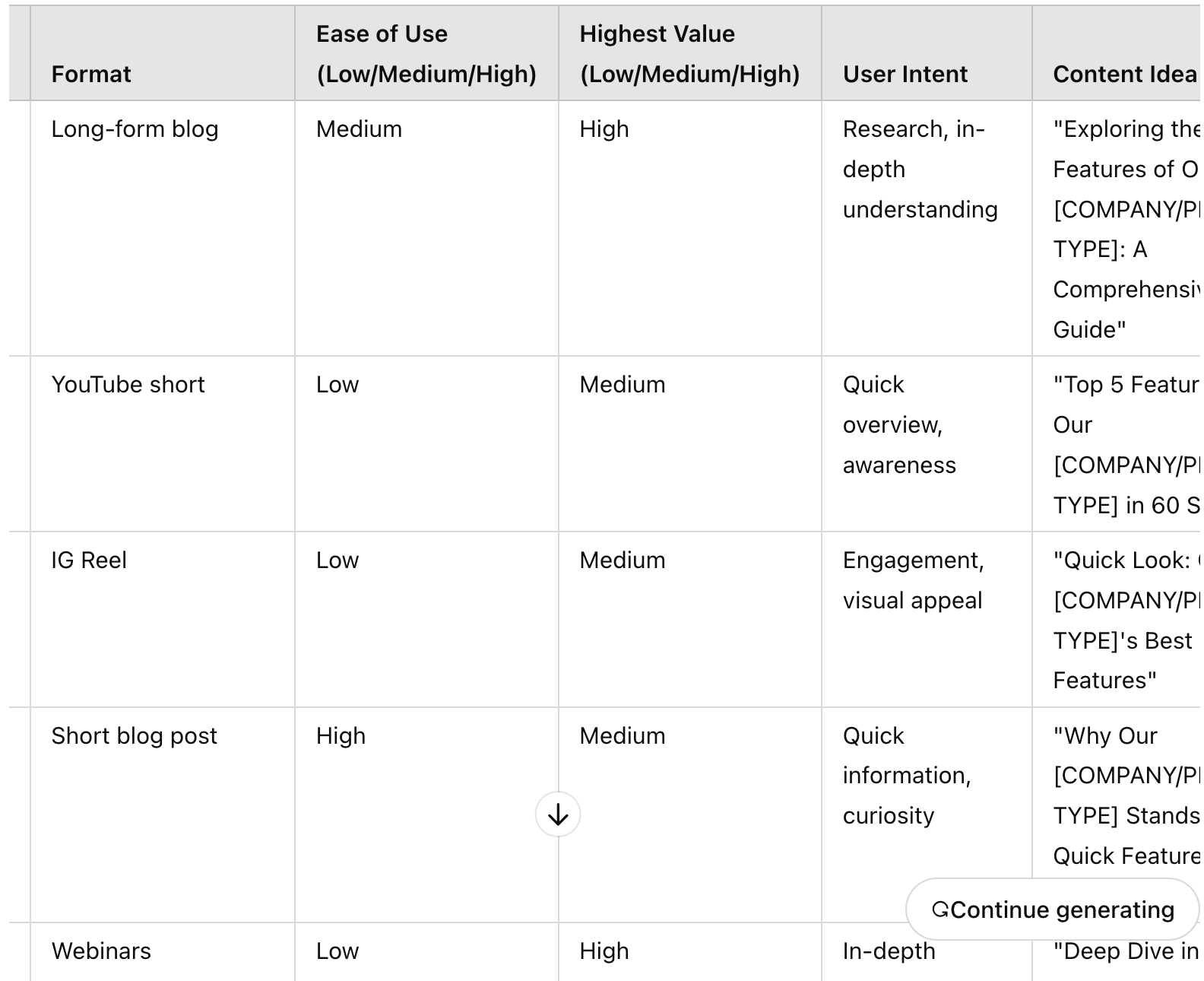

🧰 Fun and Interesting AI Tools 🧰
Take time out to enjoy some of these fun and free tools
Want to talk to a book instead of reading? This tool allows you to get answers from books
Create music using machine learning
Turn your selfie into a classic style work of art.

💼 Remote AI Marketing Jobs
Marketing Copywriting AI trainer
Gen AI Generalist (what a title)


